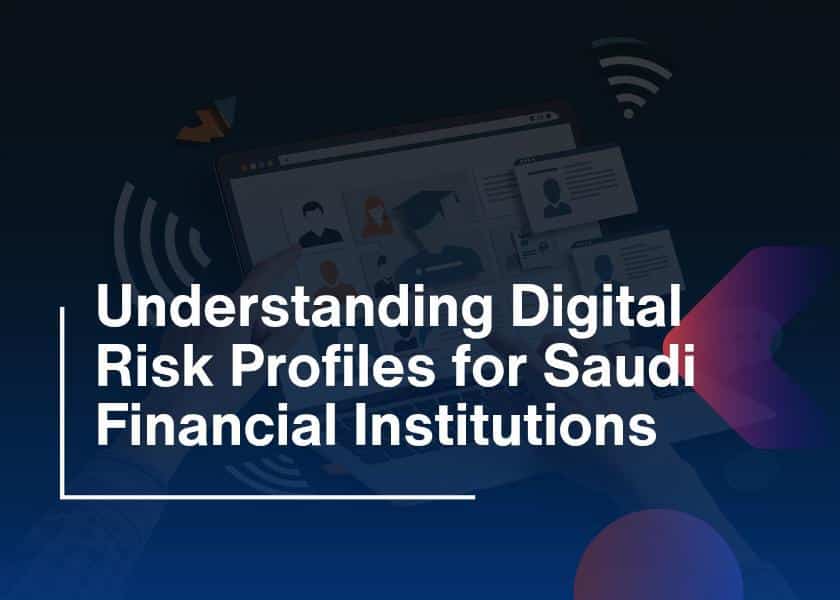In today’s interconnected world, Quick Response (QR) codes have become integral to our daily lives. From restaurant menus to event invitations, QR codes offer a convenient and efficient way to access information with a scan. However, as with any technology, some seek to exploit it for malicious purposes. In this blog post, we’ll explore the rising threat of QR code scams and how to protect yourself from falling victim to these digital traps.
Understanding QR Code Scams
QR code scams involve maliciously using QR codes to deceive individuals and compromise their personal information. Scammers can create fraudulent QR codes and place them strategically or embed them in seemingly harmless materials. Once scanned, these codes may lead unsuspecting individuals to phishing websites, fake applications, or malicious content to steal sensitive information.
Common QR Code Scams
1. Phishing Attacks: Scammers create QR codes that redirect users to fake websites designed to mimic legitimate ones, tricking individuals into entering sensitive information, e.g., usernames, passwords, or credit card details.
2. Malware Distribution: QR codes can distribute malware by linking to malicious apps or downloads. Once installed, these programs can compromise your device’s and personal data’s security.
3. Fake Wi-Fi Networks: Scammers may place QR codes in public spaces that, when scanned, connect users to fake Wi-Fi networks. This allows them to monitor and intercept sensitive data transmitted over the network.
Protecting Yourself from QR Code Scams
1. Verify the Source: Before scanning any QR code, ensure it comes from a trusted and legitimate source. Be cautious of codes in unsolicited emails, messages, or public spaces.
2. Use a QR Code Scanner App: Instead of relying on the default camera app, consider using a dedicated QR code scanner app with built-in security features. These apps can help identify potential threats before directing you to a website or application.
3. Check the URL: Before entering personal information, check the URL of the website you are directed to. Secure websites typically start with “https://” and display a padlock icon in the address bar.
4. Keep Software Updated: Regularly update your smartphone’s operating system and apps to ensure you have the latest security patches. This reduces the risk of vulnerabilities that scammers may exploit.
5. Educate Yourself: Stay informed about the latest QR code scams and tactics employed by scammers. Awareness is a powerful tool in preventing falling victim to digital fraud.





